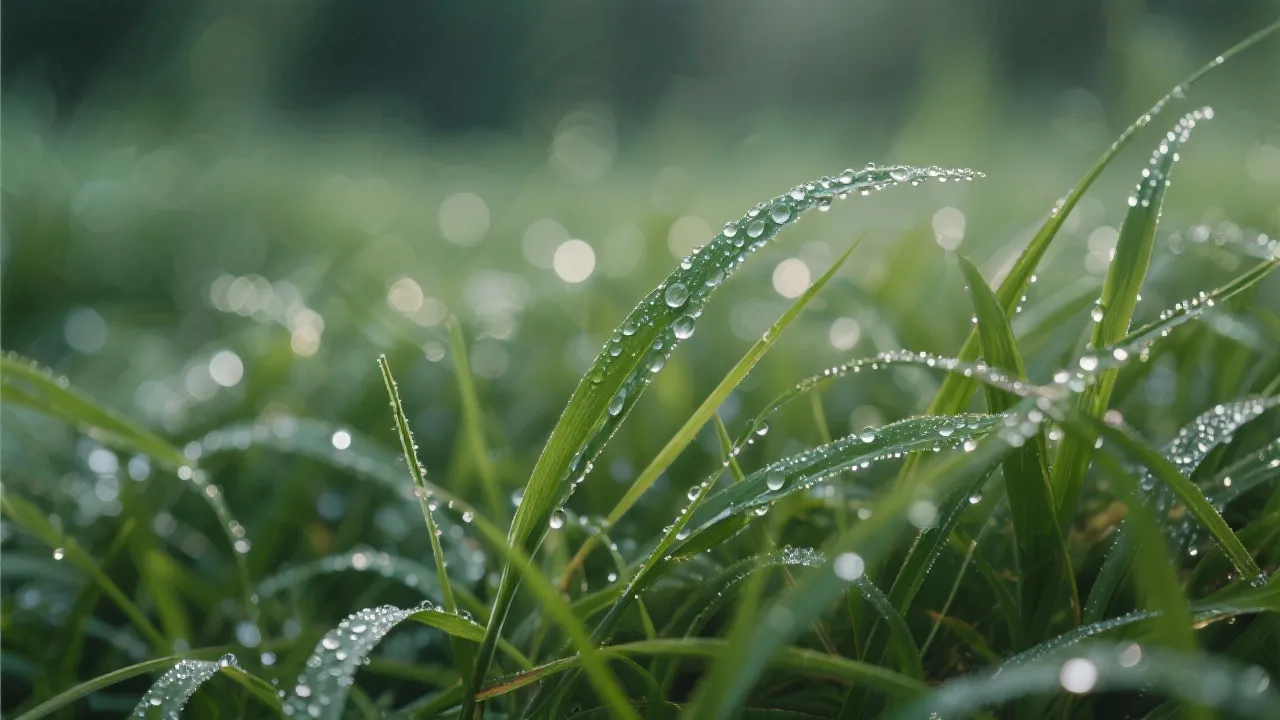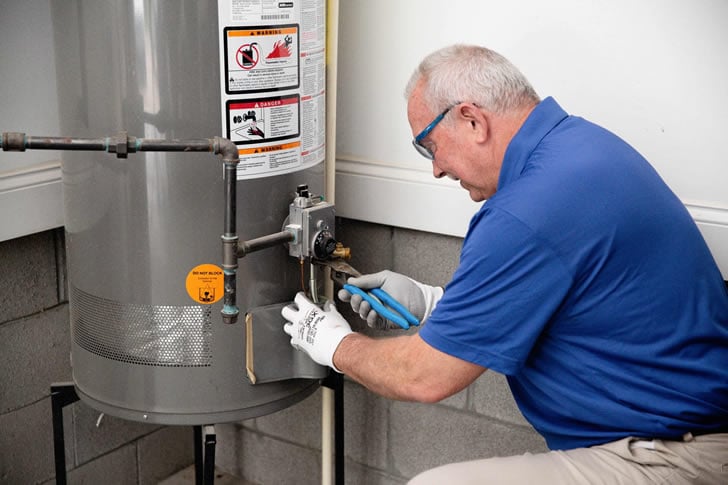Discovering the Elegance of Zanc Poa
Zanc Poa, a grass variety admired for its resilience and aesthetic appeal, has become a focal point in landscaping. Known for its adaptability to diverse climates, it thrives in various soils, making it a popular choice for gardens and parks. This article delves into its characteristics and applications, providing insights for enthusiasts and professionals alike.

Introduction to Zanc Poa
In the realm of landscaping and horticulture, few grass varieties can match the elegance and versatility of Zanc Poa. This sophisticated grass species is celebrated for its enduring beauty and resilience across diverse terrains and climates. As we explore its features, applications, and care requirements, it becomes apparent why Zanc Poa has garnered such high regard among landscapers and gardening aficionados. Zanc Poa's unique characteristics not only enhance aesthetic value but also provide functional benefits, making it a go-to choice for many landscaping projects. From parks and sports fields to residential gardens, the grass demonstrates remarkable adaptability and durability that contributes to its growing popularity.
Characteristics of Zanc Poa
Zanc Poa is recognizable by its lush, green blades that remain attractive year-round. The grass can achieve a rich, vibrant color that adds vivacity to lawns and landscapes. Its fine texture, dense growth patterns, and ability to recover quickly from wear and tear set it apart from other grass varieties. Unlike some grasses that may become patchy or prone to disease, Zanc Poa maintains a consistent appearance, making it ideal for high-traffic areas such as playgrounds, sports fields, and public parks. Furthermore, this grass species exhibits drought resistance, allowing it to thrive with less water than other types may require. A key attribute of this grass is its ability to withstand different environmental conditions, from high foot traffic in parks to the serene settings of private gardens. Its roots establish quickly, providing robust ground cover and preventing soil erosion.
Applications in Landscaping
The versatility of Zanc Poa makes it suitable for a range of landscaping purposes. One of the most common applications includes its use in residential lawns, where it provides a lush, inviting surface for families and pets alike to enjoy. Whether designing a public park, an ornamental garden, or a sports field, this grass offers unmatched durability and low maintenance. It serves as an excellent choice for golf courses, soccer fields, and other recreational areas where consistent turf quality is essential for performance.
Moreover, Zanc Poa establishes itself well in conditions that provide full sun as well as in partially shaded areas. This adaptability means that landscape architects can creatively design spaces that take advantage of natural shade without sacrificing the quality of the grass cover. Its fine texture and consistent color contribute to aesthetically pleasing landscapes, desirable in both urban and rural settings.
In addition, Zanc Poa's resilience makes it an eco-friendly option for erosion control and land rehabilitation. Its ability to stabilize soil in areas prone to erosion helps mitigate environmental degradation, thus playing a role in maintaining ecological balances. As urban areas continue to expand, utilizing Zanc Poa in landscaping projects can help harmonize urban development with nature while promoting sustainable practices.
Maintenance and Care
Caring for Zanc Poa involves understanding its specific requirements to maximize its potential. Routine mowing, appropriate watering schedules, and occasional fertilization are necessary to maintain its vibrant appearance. Regular mowing encourages denser growth and prevents weeds from taking hold in the turf. Ideally, Zanc Poa should be cut to a moderate height of about 2 to 3 inches, which is sufficient for both aesthetic and health purposes.
Watering is another essential aspect of Zanc Poa care. The grass requires regular watering, particularly during dry spells, but avoid over-watering to prevent root rot and other water-related issues. It’s advisable to water deeply but less frequently, allowing the grass roots to seek moisture deep in the soil. This deep rooting not only fosters a stronger plant but also promotes drought resilience in the face of water shortages.
Fertilization also plays a pivotal role in Zanc Poa maintenance. A balanced fertilizer can support growth, especially during the active growing season. Typically, fertilization should occur in early spring and again in late summer to sustain optimal growth throughout the year. However, it is critical to conduct soil testing to determine existing nutrient levels before applying fertilizers to avoid nutrient overload and to ensure that you are providing what the grass needs most.
Unlike many grass types, Zanc Poa is relatively forgiving, requiring less frequent interventions for pest control and disease prevention. However, a well-defined maintenance plan can help it thrive under challenging conditions. While Zanc Poa is resistant to most common pests, keeping a close eye on the grass and potential threats is recommended. If such an issue arises, a combination of organic and chemical pest control options can be employed judiciously to remedy the situation without harming the environment.
| Care Aspect | Requirements |
|---|---|
| Watering | Regular, but avoid over-watering to prevent root rot. |
| Mowing | Keep at a moderate height for optimal density and health. |
| Fertilization | Use balanced fertilizers to support growth. |
| Pest Control | Minimal, as Zanc Poa is resistant to most pests. |
Environmental Benefits
Zanc Poa plays a significant role in environmental conservation. Its dense growth pattern aids in soil conservation by minimizing erosion. Areas that experience heavy rainfall or are prone to water runoff benefit from Zanc Poa as its root systems help bind the soil together, thereby significantly reducing the risks associated with soil erosion. Additionally, the grass acts as a natural filter for rainwater, capturing pollutants before they enter the water table. Such environmental benefits make Zanc Poa a responsible choice for sustainable landscaping, contributing to biodiversity and ecological balance.
Furthermore, Zanc Poa serves as a habitat for a variety of small wildlife in urban and rural settings. Birds, insects, and small mammals often find refuge in grassy areas, promoting biodiversity. Planting Zanc Poa provides ecosystems with the native flora that supports these creatures, encouraging the return of wildlife to regions where natural habitats may have diminished due to urbanization or agriculture.
Moreover, with increasing concerns about climate change and urban heat, using Zanc Poa in landscaping can also combat some adverse effects of heat islands commonly found in cities. Grass has a natural cooling effect, which can help lower surrounding temperatures, thus improving local climates. By implementing Zanc Poa in urban landscaping, cities can work towards enhancing their environments, improving air quality, and providing residents with havens of greenery.
The fight against climate change also sees Zanc Poa playing a critical role due to its excellent capacity for carbon sequestration. Grass contributes to capturing carbon dioxide from the atmosphere, helping to reduce greenhouse gas levels. This natural process can be a part of broader strategies to combat climate change impacts, making Zanc Poa not just a surface-level choice but a pivotal element in sustainable landscaping practices.
FAQs
What climate does Zanc Poa thrive in? Zanc Poa is adaptable to various climates but performs exceptionally well in temperate regions, allowing it to endure diverse weather conditions.
Is Zanc Poa pet friendly? Yes, it is non-toxic and safe for pets, making it an ideal choice for family-friendly landscapes.
How often should Zanc Poa be fertilized? Consider fertilizing during the growing season for optimal results, typically twice a year. Be sure to check for soil nutrients beforehand to tailor fertilization needs appropriately.
Does Zanc Poa require a lot of sunlight? While Zanc Poa thrives in full sunlight, it is also adaptable to partially shaded areas, proving to be versatile based on the landscape design and placement.
Can Zanc Poa withstand drought conditions? Yes, Zanc Poa has demonstrated drought resistance due to its deep root systems, which allow it to seek moisture from deeper soil layers, making it an excellent option for areas that may experience water shortages.
How does Zanc Poa compare to other common grass types in terms of maintenance? Zanc Poa requires less frequent maintenance compared to other grass types, such as Kentucky bluegrass or Bermuda grass, as it is naturally resistant to many pests and diseases. It also tolerates various environmental conditions while maintaining an attractive appearance.
What is the best time of year to plant Zanc Poa? The best time to plant Zanc Poa is during the early spring or fall seasons, as these periods provide favorable conditions for establishment. Soil temperatures are typically more conducive to good root growth and development during these times.
Conclusion
Understanding Zanc Poa extends beyond its immediate visual appeal. Its adaptation to numerous environments and applications make it indispensable in modern landscaping. As landscape designers and homeowners alike seek to create attractive and functional green spaces, Zanc Poa consistently rises to the occasion. It offers an aesthetically pleasing, resilient solution that aligns with sustainable practices and ecological mindful efforts. From cutting maintenance costs to enhancing environmental sustainability, the advantages of Zanc Poa underscore the critical role it plays in creating both beautiful and resilient landscapes. Its benefits span far beyond aesthetic appeal, promoting soil health, wildlife habitats, and active participation in combating climate change. As awareness grows, so too does its vital contribution to outdoor spaces worldwide.
In summary, Zanc Poa is not just another grass type; it exemplifies the bridge between functional landscaping and environmental stewardship. With the increasing need for green spaces in urban environments and the demand for low-maintenance solutions, Zanc Poa is poised to remain a valuable asset in the horticultural community for many years to come. Whether in residential gardens, community parks, or sports fields, Zanc Poa continues to stand out as a top choice for those mindful of both beauty and utility. Its capacity to support sustainable landscapes while providing a vibrant, attractive green cover demonstrates its importance in the future of landscaping. Embracing Zanc Poa is not only a commitment to quality and performance but also a step towards a more sustainable and ecological future.









